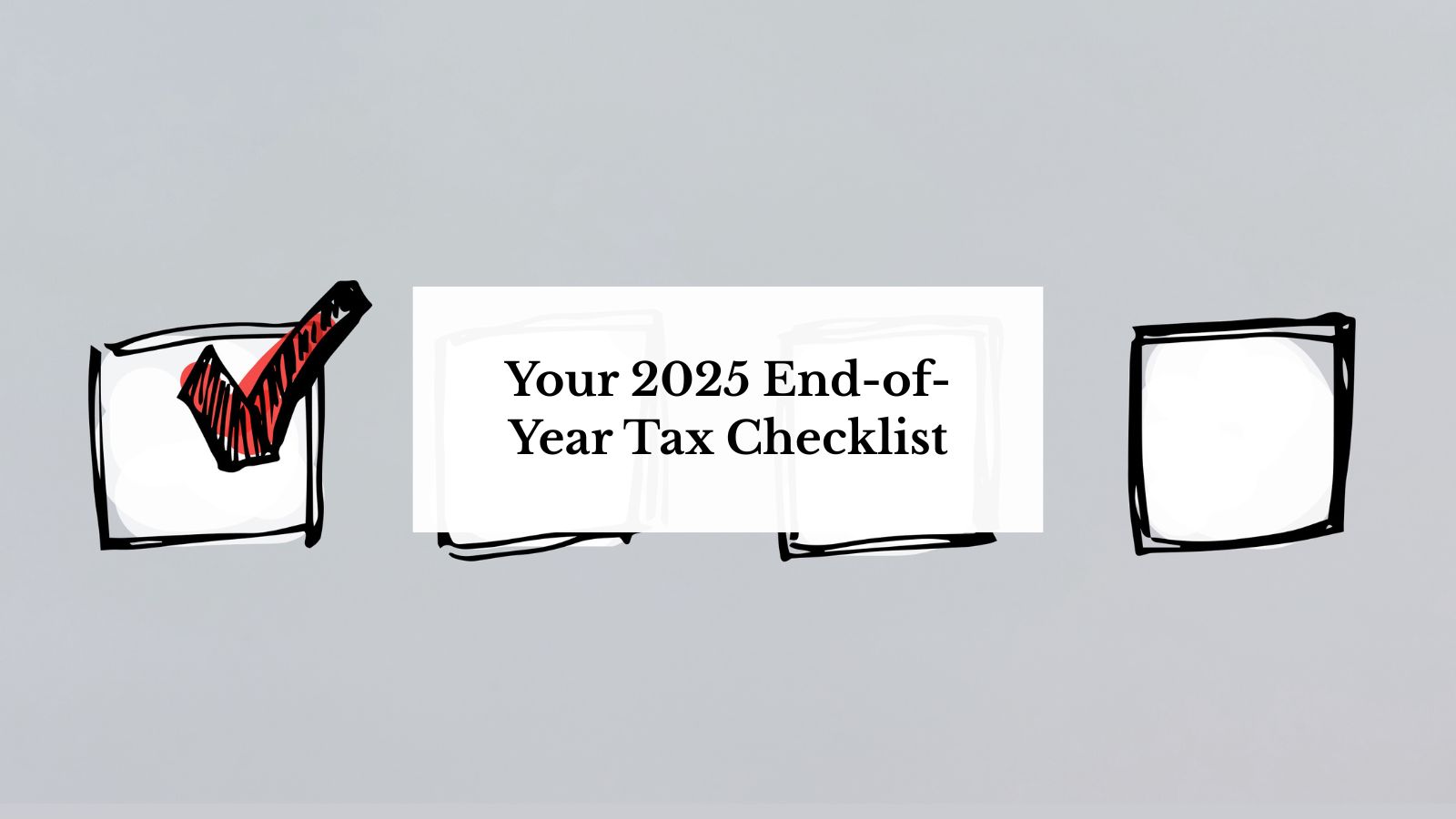
By Steven M. Rogé, MBA, CFP®, AIF®
Managing Director and Chief Investment Officer
Although we had high hopes that the unpredictability of our economy would have waned by now, 2022 has proven to be one of the most unpredictable years of this last decade. Federal Reserve Chair Jerome Powell was right when he announced that we could expect high inflation to continue through 2022. What may have seemed like a slight inconvenience at first is now officially a much larger issue as people watch the value of their money degrade right before their eyes with no clear end in sight.
Let’s look at the factors surrounding why inflation is rising. The COVID-19 pandemic was unlike anything the world has ever seen. The entire global economy came to a complete standstill for the only time in modern history. It’s to be expected that the rebound from such a once-in-a-lifetime event will be just as enigmatic as the event itself.
That’s not to say that the future is bleak, but rather to temper expectations so that we can properly plan for the future and mitigate potential risk. Here are some reasons why inflation has increased in the past year and what it means for your long-term purchasing power and wealth planning.
What Is Inflation?
According to Investopedia, inflation is a decrease in the purchasing power of money, reflected in a general increase in the prices of goods and services in an economy. It can be characterized as persistent or transitory. Transitory inflation is temporary and happens when supply doesn’t meet demand. If left unhandled, it can turn into persistent inflation, which results in a more permanent increase in prices due to a continuous mismatch in supply and demand.
The Consumer Price Index (CPI) is a common measure of inflation. The most recent CPI report from May 2022 suggested that inflation has risen an astounding 8.6% over the past year, the highest level in 40 years and significantly higher than the typical 2% rise we see in an average year.
Why Is Inflation So High?
To better understand if inflation will last, let’s look at the factors contributing to its rise.
1. Devalued Dollar
When the COVID-19 pandemic first hit and millions of Americans were furloughed or laid off, drastic economic measures were taken to keep the country afloat. The U.S. government instituted expansionary monetary and fiscal policies to pump money back into the economy, increasing the money supply at a rapid rate. It jumped from $15.5 trillion in February 2020 to $18.8 trillion in October 2020, an increase of over $3 trillion.
Though experts agree that these drastic measures were necessary to keep the economy from collapsing, they also agree that the increase in money supply devalued the dollar – meaning it takes more dollars to buy the same item since each dollar is less valuable.
This issue is further compounded by the current trade deficit, which is sitting at a $182.4 billion (27%) year-to-date increase. Because the U.S. buys (imports) more than it sells (exports), a devalued dollar relative to other countries’ currencies drives the cost of imported goods up even more. It’s tempting to write these issues off as fallout from the pandemic, but the trade deficit is not a new issue. In fact, the U.S. has seen a deficit every year since 1975. This indicates that the rise of inflation is not a new issue either, it’s just been sped up and exacerbated by the increase in government spending in response to the pandemic.
2. Supply Chain Headaches
If there’s one thing that’s been in the news even more than inflation concerns, it’s supply chain disruptions. Since the vaccine rollouts and slow return to pre-pandemic life, companies have struggled to keep up with manufacturing and distributing goods. This is because many distribution centers cut their hours when the global economy came to a halt in anticipation of a huge drop in demand for consumer goods. The drop in demand, however, did not come.
As people across the globe spent days, then weeks, then months in their houses, demand skyrocketed for exercise equipment, home goods, and office supplies. Factories increased their output, but the distribution chains have struggled to get everything where they need to be.
Additionally, the increased production has also caused a shortage in raw materials, thereby exacerbating the gap between overall supply and demand for even basic items. As demand continues to outpace supply, prices are driven higher and higher.
3. Labor Shortages and Increasing Wages
Continued labor shortages are another factor driving inflation. In the so-called “Great Resignation,” millions of workers across America quit (more than 4.27 million in May) or considered quitting their jobs as they reevaluated the role that work played in their lives. As such, many companies are finding that they must pay higher wages to attract and retain employees. These increased costs often get passed through to the customer in the form of increased prices for goods and services.
The flip side of the labor shortage issue is the passage of the $15 federal minimum wage. Many states are following suit with plans to increase their respective minimum wage thresholds. So even if companies weren’t paying more for labor because of the struggle to find workers, they would still be paying more due to increasing minimum wage. Again, these increased costs will be passed through to consumers, and it will be more than just a transitory change in prices since the minimum wage laws are permanent.
How Long Will Inflation Last?
It’s tough to say exactly how long inflation will last, but based on these three variables, it could be a few years before we return to the target rate of 2%. As our global economy shifts, trade alliances change, and we experience the ongoing effects of the COVID-19 pandemic, it seems to be an issue that will persist for the foreseeable future.
Let Us Help You Protect Against Inflation
Worries about inflation are understandable. You’re likely wondering how inflation will impact your current finances and wealth planning, and how will it affect your long-term goals, retirement planning, and estate planning. It’s crucial to not only have a plan in place, but also to be realistic about how long inflation could impact your financial plan.
At R.W. Rogé & Company, we have the tools and over 35 years of experience to guide you through a long-term inflationary environment. We can review your investment and retirement plans for proper diversification and risk tolerance levels to help ensure that you are protected no matter how long this increased inflation lasts. Schedule a complimentary discovery call by contacting us at (631) 218-0077 to review your plan today.
About Steven
Steven M. Rogé is Chief Investment Officer and Managing Director at R.W. Rogé & Company, a fee-only fiduciary firm providing full-service financial planning and investment management to clients nationwide, with offices on Long Island, New York, Beverly, Massachusetts, and Naples, Florida. He uses his 25 years of experience to provide the firm’s investment committee with research, investment, and portfolio allocation recommendations. He is also the lead portfolio manager and is responsible for implementing and refining the firms proprietary ResearchEdge™ process, which drives the team’s investment decisions.
Steven earned his MBA from Babson College and has a bachelor’s degree in business administration from Bryant University. He is a CERTIFIED FINANCIAL PLANNER™ and Accredited Investment Fiduciary®. Out of the office, you can find Steven spending time with his wife and their two children. He enjoys giving back to his community through leadership, social responsibility, and volunteer work. To learn more about Steven, connect with him on LinkedIn.



